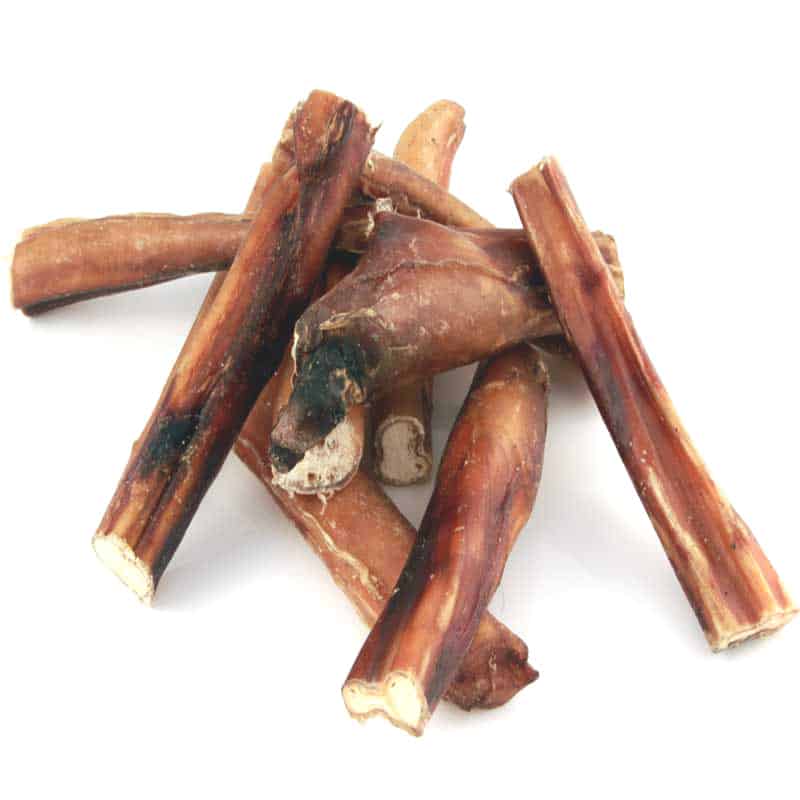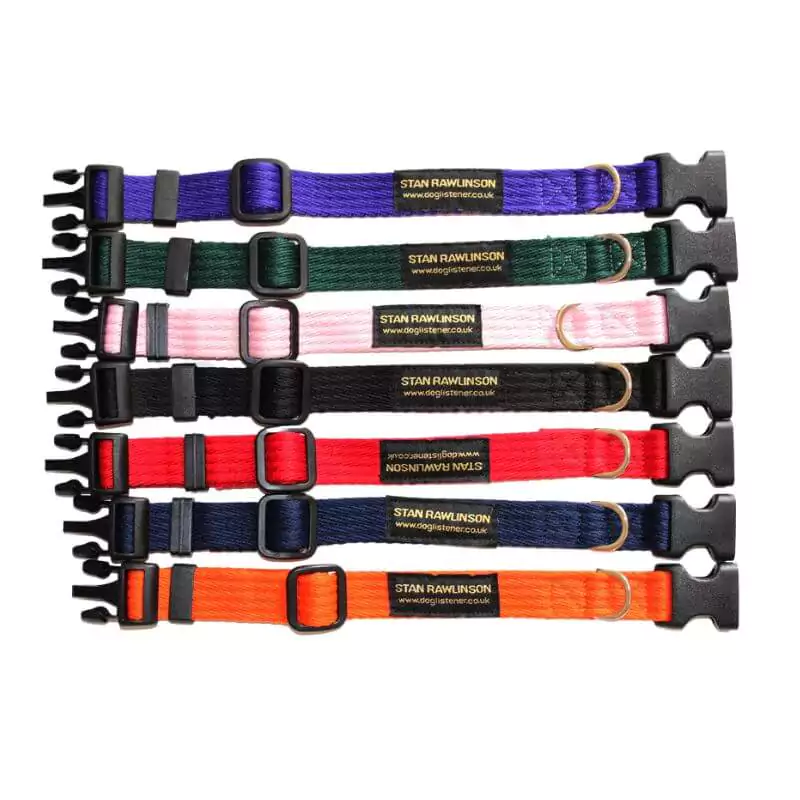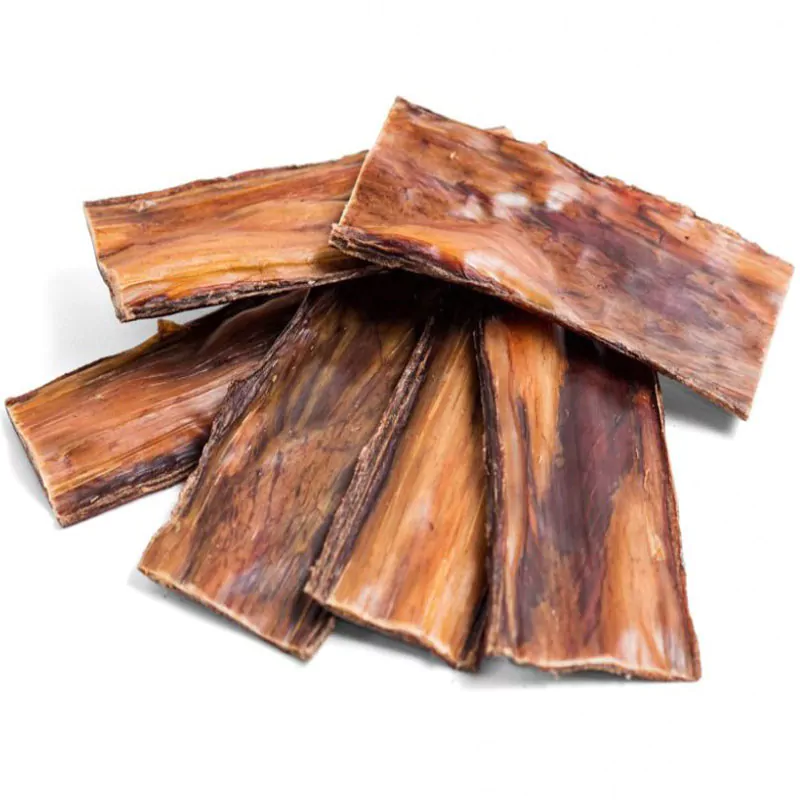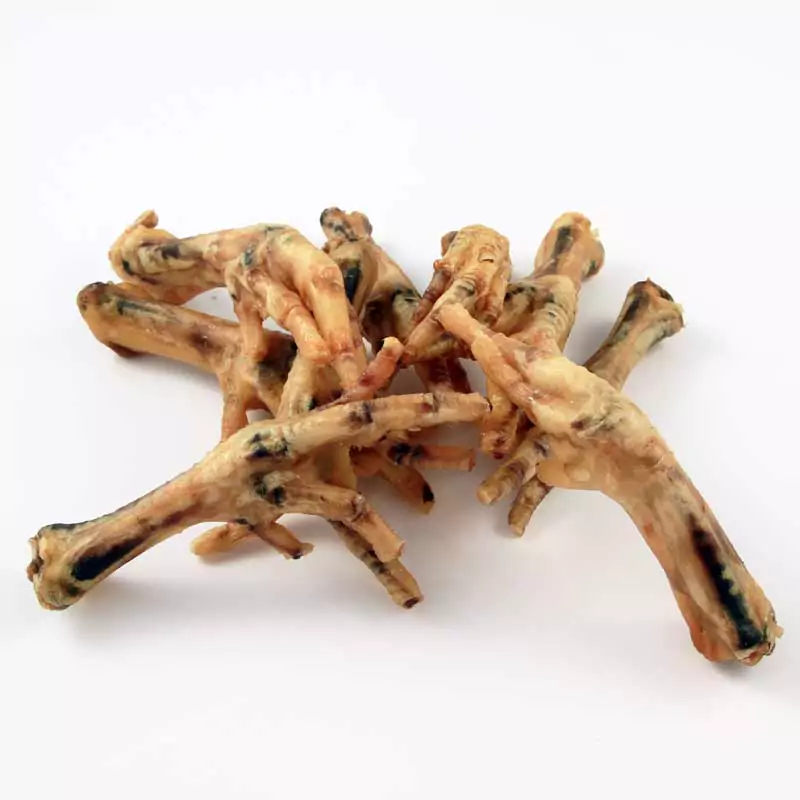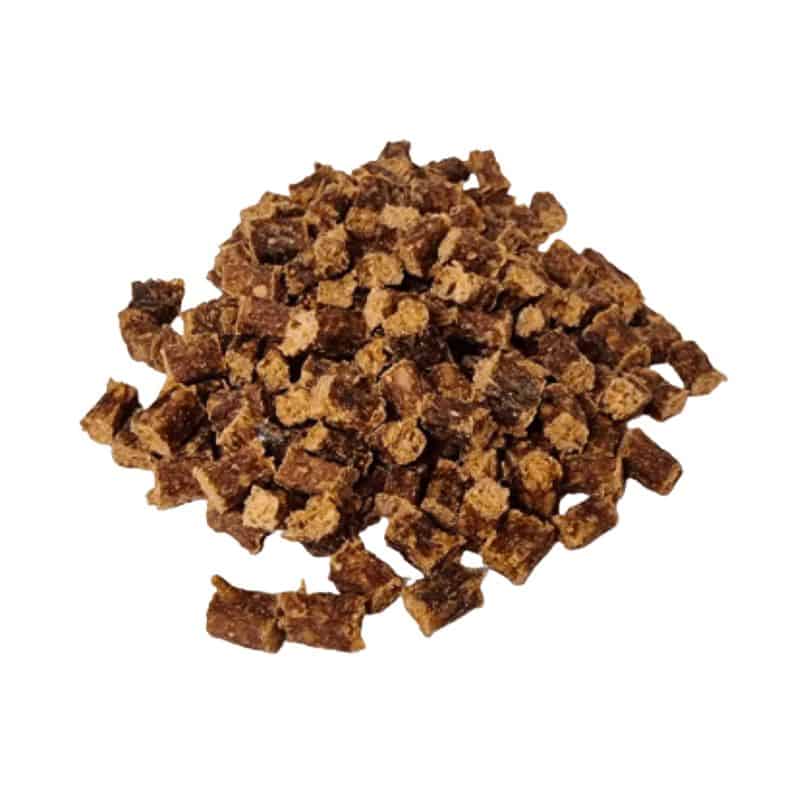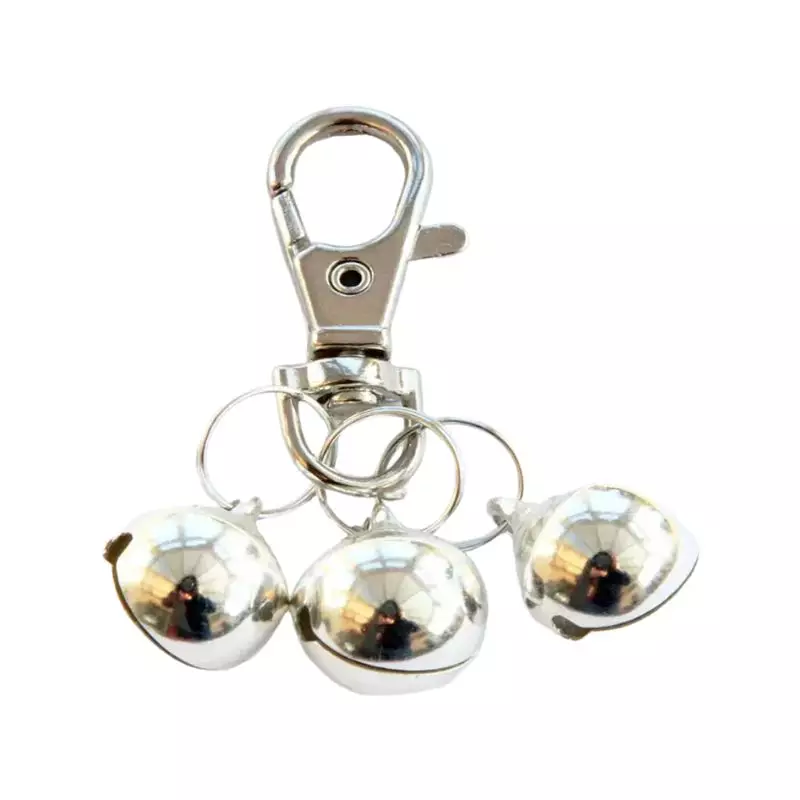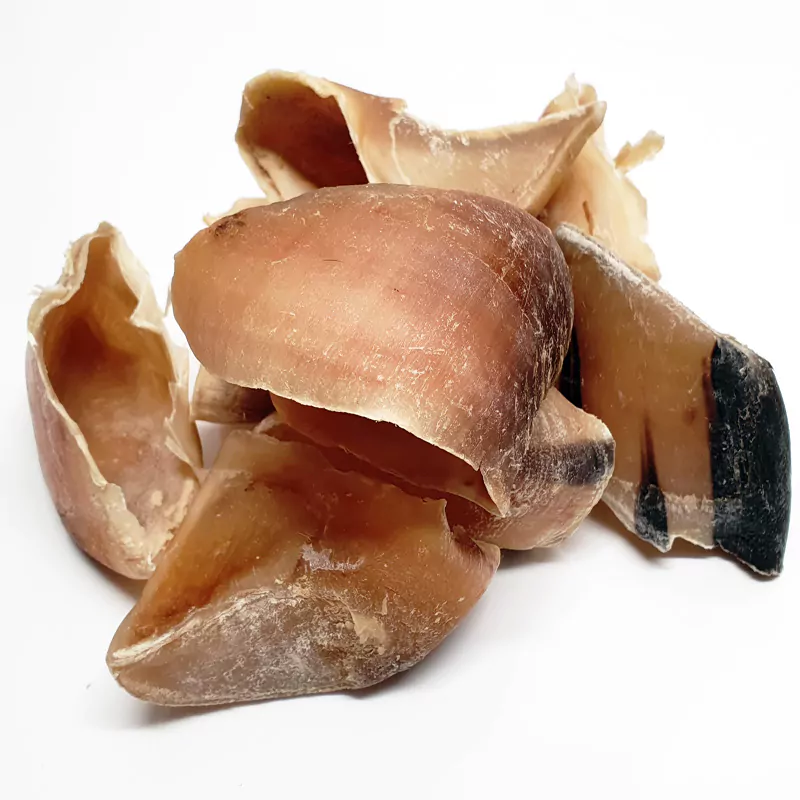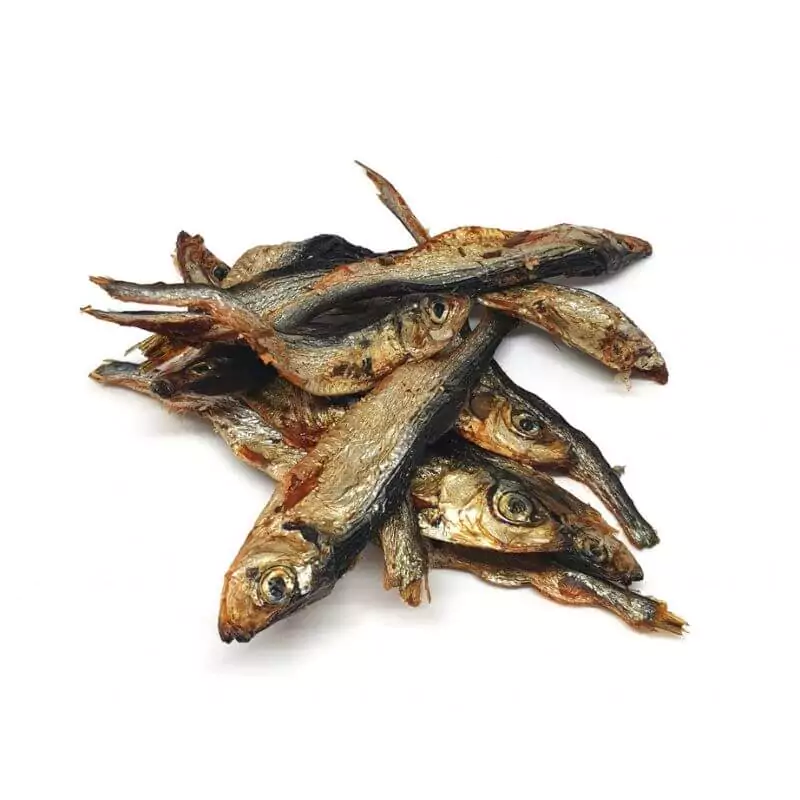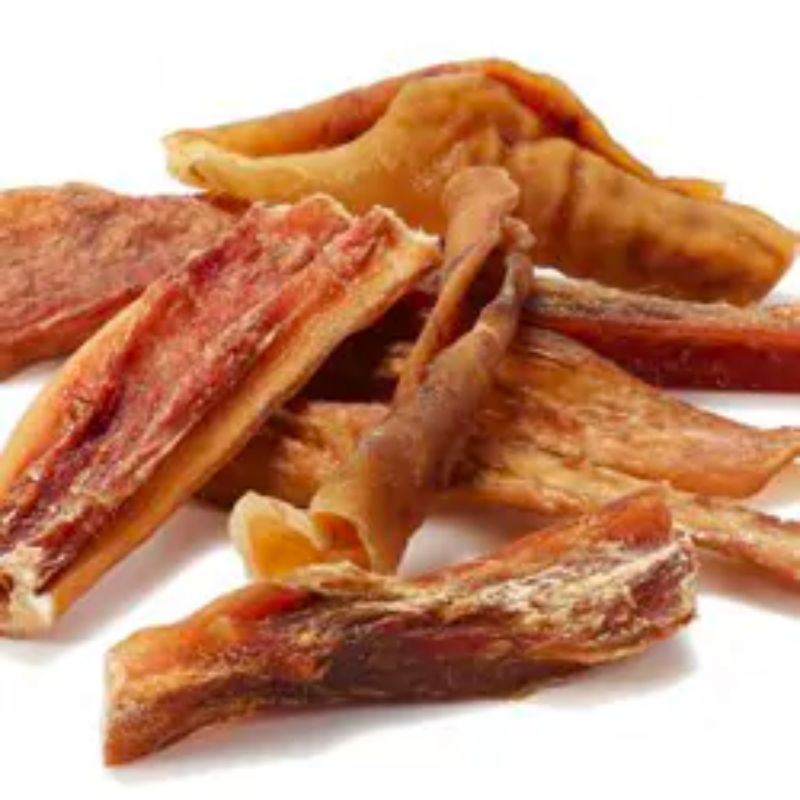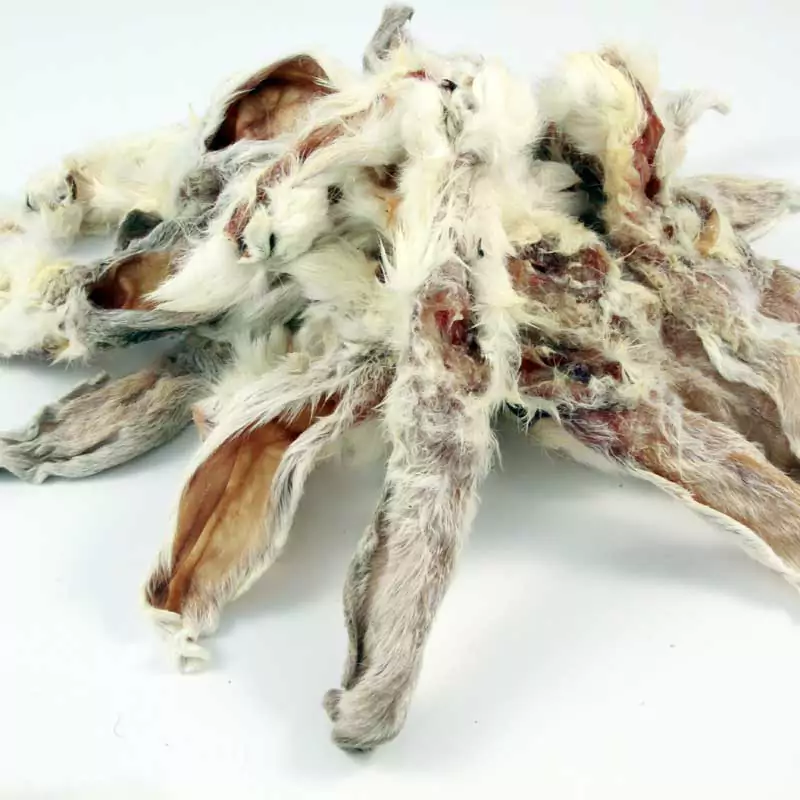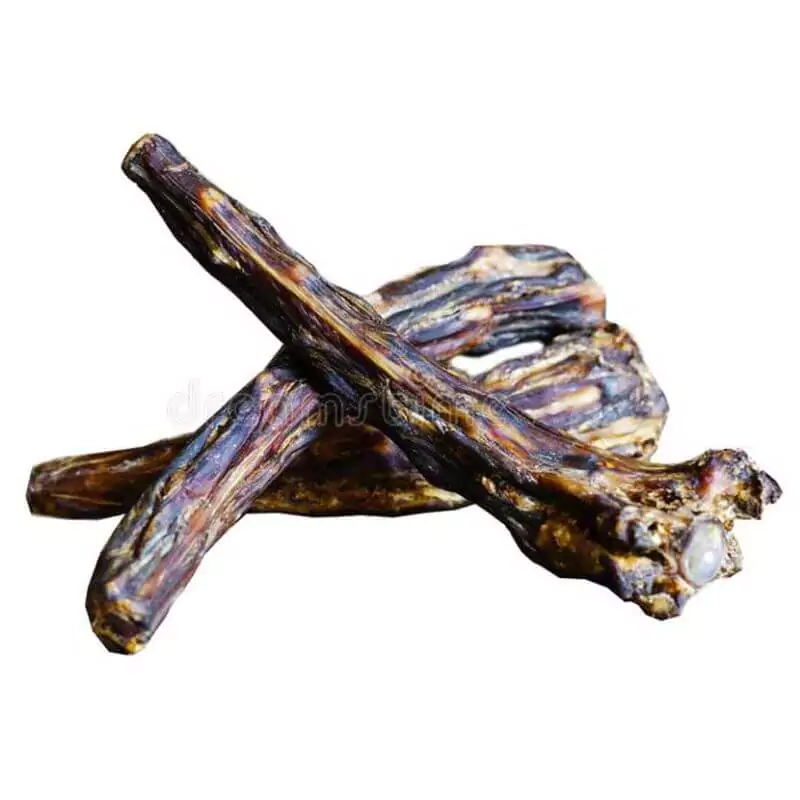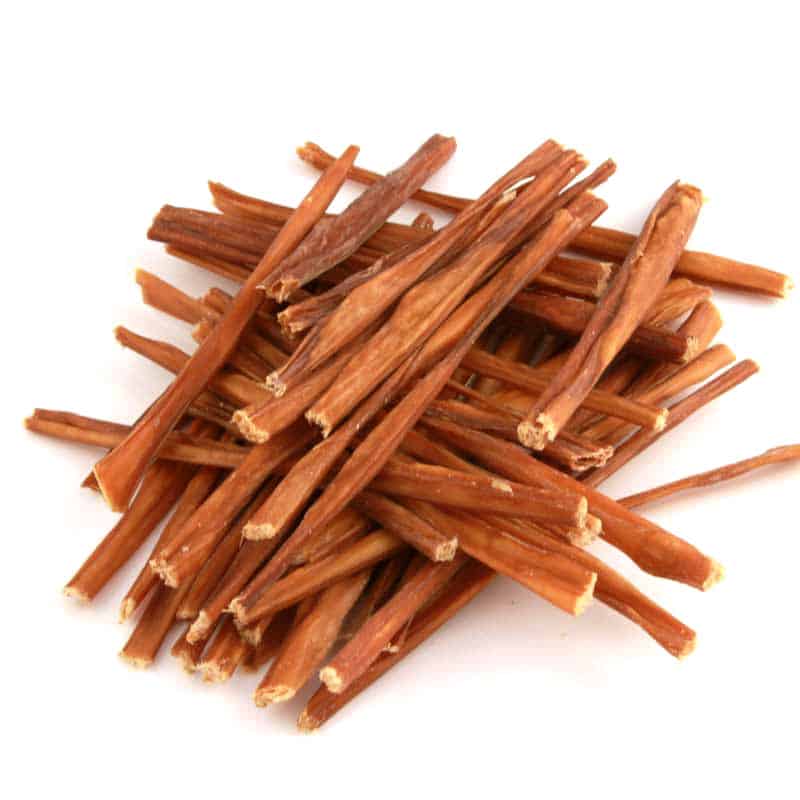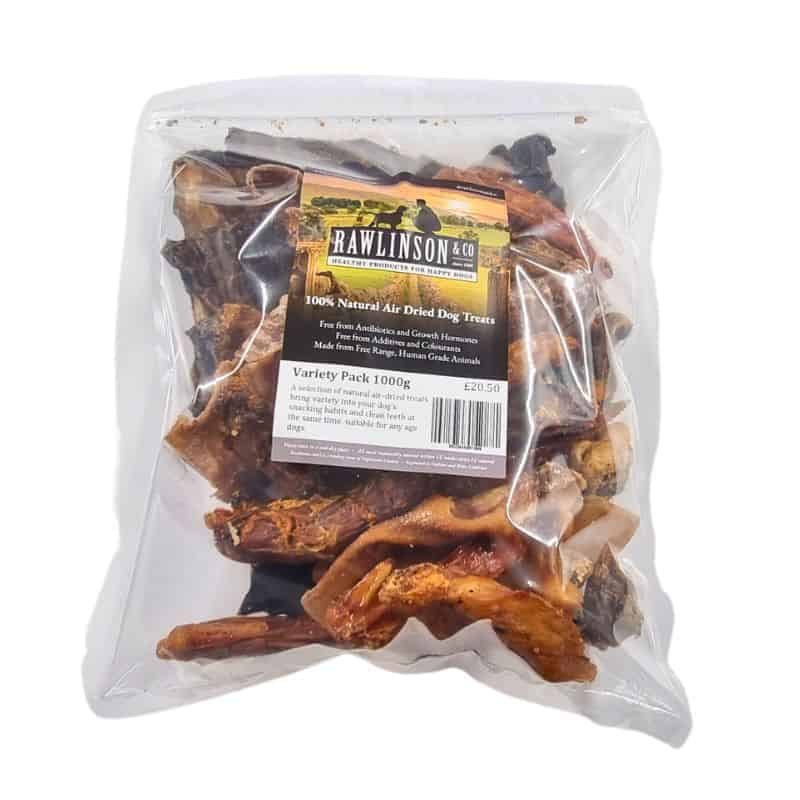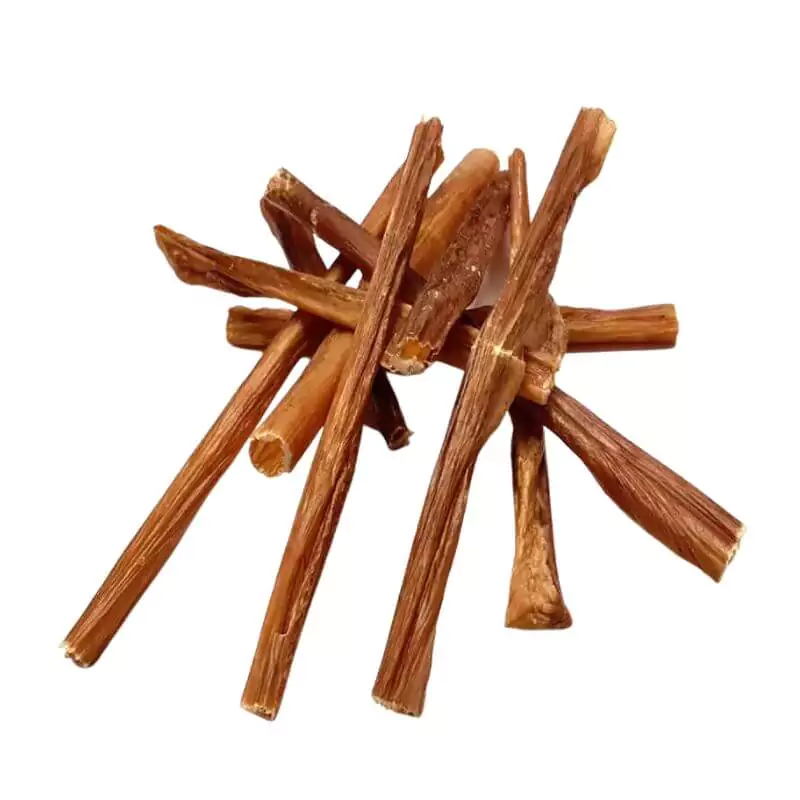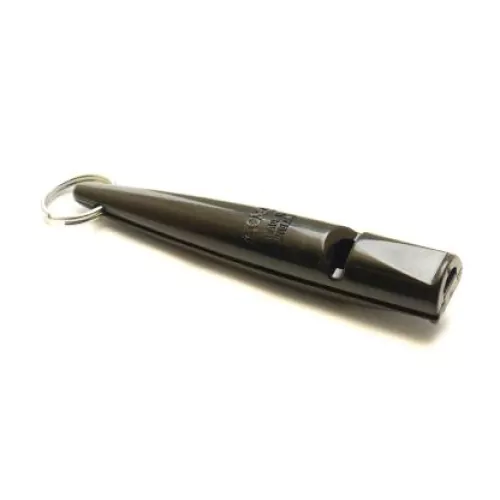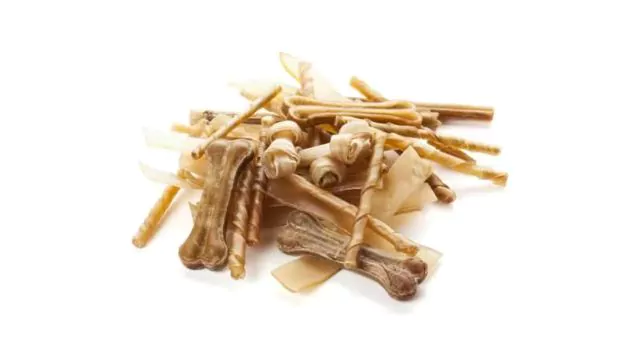Poisons Treatments Dogs
Important Emergency First Aid for Dogs and Medical Information
Poisons and Treatments for Pets
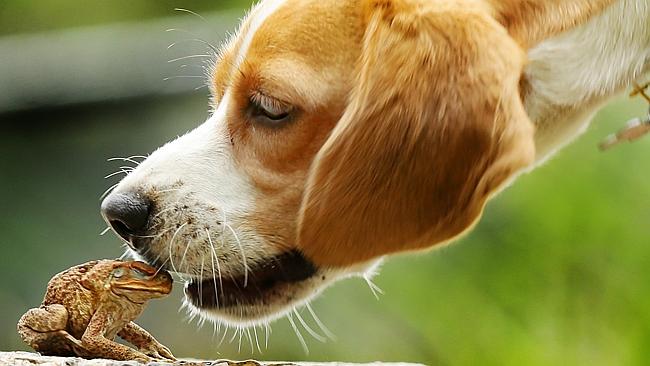
There are numerous products that can prove fatal if ingested by your pet.
Such as human medicine, cigarettes & cigars, chocolate, house plants and many others.
The best way to avoid your pet from being poisoned would be to lock away anything that you would from a two-year-old child.
However accidents do happen, and even if you are not sure if your dog has actually swallowed any of a product it is always better to be safe and seek veterinary advice.
If you still have the container or packaging of the poison, check the label to see if there is a recommended antidote and take this with you to the vet. As different poisons act in different ways they require different treatments.
Inducing vomiting may help with some but there are other poisons where inducing vomiting may cause more harm than good. Unless you are sure – the best thing would be to take your dog straight to your vet.
When not to induce vomiting: If you know your dog has swallowed an acid, alkali, petrol, or kerosene. In which case, diluted milk may help.
How to induce vomiting: Giving your dog a mixture of hydrogen peroxide and water can induce vomiting. Mix the regular Chemist strength of hydrogen peroxide (3%) with an equal part of water, but do not attempt to pour it down your dog’s throat, as that could cause inhalation pneumonia. Instead, simply pull the dog’s lips away from the side of his mouth, making a pocket for depositing the liquid.
Use at least a tablespoon of the mixture for every ten pounds of your dog’s weight. Once the mixture has been given, he will begin to vomit in about two minutes. When his stomach has settled, give him a teaspoon of Epsom salts in a little water, as this will empty the intestines quickly. The hydrogen peroxide, on ingestion, becomes oxygen and water and is harmless to your dog; it is one of the best antidotes for phosphorus, which is often used in rat poisons.
After you have administered this treatment to your pet and his stomach and bowels have been emptied, rush him to your veterinarian for further care. (If you have any doubts it is best to seek veterinary advice first) Your speed at realizing your dog may have been poisoned will prove vital if it is to be treated successfully. Try to think exactly where you and your dog have been in the last 48 hours. At any time was your dog on its own?
Have you been on a walk in the countryside? Did your dog pick up anything such as a stick or a dead animal? Did your dog drink from a puddle or some other water source? Of course, it isn’t always possible to know how, where or when your dog may have been poisoned, so one of the best ways in aiding your dog is to recognise as soon as possible the symptoms of a dog that has been subjected to toxins.
Some forms of poisoning have a rapid effect, many need urgent treatment within the first 48 hours. Others may take a slower time to take effect but are nonetheless lethal. A list of common symptoms associated with poisoning is Vomiting * Muscle Spasms * Collapse *Excessive drinking * Twitching *Bleeding *Convulsions *Oral or nasal foaming *Ulceration of the mouth *Excessive panting *Lethargy *Dilated pupils *Whining/Crying.
If your dog shows any or a combination of these symptoms contact your vet immediately. Sometimes if our dogs have contaminated their paws or coat, they tend to lick or groom themselves and ingest the poison. It may also be absorbed through the skin. It is important to rinse your dog’s skin, eyes, mouth or face, and paws to remove any poisonous substance that they may have been exposed to, as soon as possible. Remember: Puppies are especially at risk, due to their tendency to chew and inquisitive nature in discovering new things.

Antifreeze (Ethylene Glycol: Is normally used in car radiators in the winter. Unfortunately, poisoning with antifreeze is quite common, as it has a sweet taste and any spilt may be licked up by dogs in quantities sufficient to cause extreme sickness and can often be fatal. Damage is usually done to the kidneys. If you are storing antifreeze in a garage or shed: Keep the containers sealed tightly and well out of reach of your dog. Clear up any spillages immediately.
Clinical Signs: Depression * Restlessness * Uncoordination * Convulsions * Coma *
Death Berries: Berries that are commonly found in your garden may be poisonous to a dog. Plants that produce berries may be attractive to any dog, especially puppies. Mistletoe * Holly *Laburnum * are a few plants that may be poisonous to any pets. Bulbs Such as daffodils and snowdrops are also potentially poisonous to a dog. Be aware of newly planted bulbs and dogs that enjoy landscaping the garden. If bulbs are stored in greenhouses or sheds, keep your dog away from these.
Bee Stings: A dog that has been stung by a bee occasionally may go into anaphylactic shock and collapse. As with people, some dogs may have an allergic reaction to the sting. In which case immediate veterinary attention is required. Likewise, if the tongue is stung it will need veterinary treatment to help reduce the amount of swelling, as this could block the animal’s airways. More common areas (especially) where a dog might be stung is the mouth and nose, due to the dog trying to catch the insects or the paws, while there are playing with a drowsy bee.
If the bee sting is still present you may be able to try and remove it by scraping it with a credit card or knife, along with applying some antihistamine cream. If your dog is stung in the mouth bathe the area with a diluted solution of sodium bicarbonate. If the sting came from a wasp then bathe with diluted vinegar. (An easy way to remember is – B for Bee for Bicarb, V for Vasp for Vinegar.) It is extremely important to observe the area in case of any swelling that can occur. If you need more advice contact your vet for help and in cases where a dog is showing signs of pain or distress veterinary treatment is recommended.
Clinical Signs: Vomiting *Diarrhea *Swellings *Respiratory difficulties *Collapse *In some cases death
Carbon Monoxide: A poisonous gas which can be found emitted from car exhaust fumes or heating appliances such as household fires, Calor gas heaters, solid fuel heating systems which often are found in rooms with poor ventilation. Carbon monoxide poisoning does not just affect animals, the whole family could be at risk. Although dogs and other animals are the most likely to be affected due to being left for long periods in confined spaces. In order to prevent carbon monoxide poisoning, check that all appliances are regularly serviced and rooms are well ventilated. Never leave a dog even for a short period of time confined in garages or sheds.
Clinical Signs: Weakness *Collapse *Blindness/deafness *Difficulty in breathing *Blue-ish mucous membrane (The colour of the gums are normally a healthy pink) *Coma * And death
Chocolate: Dogs are particularly sensitive to a class of chemicals called methylxanthines. Theobromine and caffeine all belong to this family. Dogs cannot metabolise and excrete these compounds as efficiently as humans. These compounds once swallowed are taken up by the liver, transmitted back to the small intestine and converted back to the original methylxanthines. After which, they take another trip around the body. This is repeated a number of times, so instead of getting rid of the compounds (as a human being does), the dog will just keep poisoning itself.
The difficulty is that there are many different formulations of chocolate, from sweet milk chocolate, which is the mildest form of the dark bitter chocolate, commonly produced for the continental market, but increasingly consumed in the UK. A lethal amount of sweet milk chocolate is said to be around two ounces to every Kg in body weight. For example, a dog weighing 22lb the lethal amount would be around 20 ounces. Dark bitter chocolate is considered to be about ten times as toxic, so a 22lb dog could actually die from as little as 2 ounces of dark chocolate.
Although many people are aware of this fact, there are many others that are unaware and still others who have been given the facts but choose to ignore them. We have all heard someone say “I’ve given my dogs chocolate for years and they’ve never come to any harm”. They may not have done, as they’ve probably been given a small amount of milk chocolate but what it has done is give the dog a taste for it and who knows when they may find a bar of dark chocolate? It comes as no great surprise that Easter and Christmas are times when many dogs are at risk, especially when family members visit and often give titbits to a dog, or dogs are left alone to consume any left out chocolates.
Clinical Signs: Vomiting *Hyperactivity *Restlessness *Hypersensitivity when touched (A dog will jump on touch) *A raised rapid respiration and heartbeat *Muscle Tremors *Seizures *Weakness *Coma *And death
Cigars and Cigarettes: The nicotine in cigars and cigarettes can prove toxic to a dog. It is important to remember that all leftovers and butts are appropriately disposed of. Keep all packets well out of reach. The very thought of eating the leftover parts of cigarettes to most (if not all) people sounds repulsive but to many dogs, it is most appealing and some dogs have been known to eat an ashtray full of them. It is possible for a dog to become addicted to nicotine.
Clinical Signs: Dribbling and Vomiting *May have diarrhoea and show signs of abdominal pain *After a length of time, their muscles might become weak *Twitching and convulsions *Even resulting in death
Cooking Oil or Fat: Cooking oil and fat which has been overheated may poison a dog if they consume it. Unfortunately, many dogs find the oil\fat extremely palatable and they do not know it can poison them. Deep fat fryers, which have not been emptied or cleaned, can be a dangerous source. If you do save any oil or fat in another container, store it well out of reach from your dog.
Clinical Signs: High temperature/fever *Difficulty in breathing *Blue tinge coloured gums *Collapse and possible death
Detergents and Disinfectants: Detergents have a large range of compounds, normally used for domestic and commercial use (household cleaners) and can include a range of products such as bleaches, toilet cleaners (do not allow your dog to drink from your toilet, – many will try), detergents and caustics, all these compounds are corrosive and contain either acids or alkalis which are dangerous as they will destroy tissues upon contact.
These compounds will dissolve through tissue membranes and are then absorbed into the bloodstream which, as well as causing local tissue damage or injury, causes general illness to a variety of body systems. Depending on the substance injury can occur from a mild irritation (many washing powder detergents) to severe internal disease (pine oils and others). It is recommended to flush the affected area with warm water to rinse the chemical away and also seek urgent veterinary treatment.
Flea Products: Dog owners, trying to prevent and eradicate the infestation of fleas from dogs and our homes, spend millions of pounds every year. Most flea products will not cause any real problems if you use them in accordance with the manufacturer’s instructions on the label. It is important, however, that problems can arise if more than the stated dose is given. It is recommended that you follow the instructions on the label carefully.
Clinical Signs: Excessive dribbling *Vomiting and diarrhoea *Loss of appetite *Depression
If any of these signs is observed stop using the product and seek veterinary advice. You may find it helps to bathe your dog with warm water as this can help to remove the product from your dog’s coat and skin.
Fungicides: It is best to keep dogs away from any areas where these substances are being used. If you keep any of this substance stored, make sure to store them in sealed containers and do not allow your dog access to an open container. Keeping fresh drinking water available at all times may prevent your dog from finding alternative sources to drink to quench their thirst.
Also, keep your dog’s coat clean and free from any of these compounds, remember to take care to wash off, any detergent that is used to remove the poison. As many dogs have been poisoned from licking the detergent used to wash off the original poison. The most common cause of fungicide poisoning is wallpaper paste! So take care, when decorating.

Houseplants: There are many plants including houseplants, which are potentially poisonous to dogs. Preventing them from eating plants is the best deterrent. The best advice is to contact your vet if you are concerned if your dog has eaten them. Listed below are some of the more common ones:
Amaryllis *Autumn Crocus *Bleeding heart *Bloodroot *Caster oil plant (very dangerous) *Dumbcane (very dangerous) * Flower Bulbs of any kind *Foxglove *Jerusalem Cherry *Larkspur *Lily of the valley * Mistletoe (extremely dangerous) *Mushrooms (any wild fungi you cannot safely identify) *Rhubarb * Stinging nettles *Thornapple or jimson weed (very dangerous) * Virginia Creeper Not only are plants & flowers poisonous, but it is also important to remember not to allow your dog to chew on leaves, wood or branches from any of the following trees or shrubs: Azalea *Box *Cherry laurel (very dangerous) *Chinaberry tree *Hemlock (very dangerous) *Horse chestnut *Ivy-both leaves & berries (very dangerous) *Laburnum *Oleander (very dangerous) *Privet *Rhododendron *Wisteria *Yew
Clinical Signs Vomiting *Diarrhoea *Dribbling *Drowsiness *Trembling *Abdominal pains *Weakness *Breathing difficulties *Collapse *Possibly death caused by heart failure
The best advice is to seek treatment from your vet.
Insecticides: Flea collars, concentrated washes, shampoos, sprays containing organophosphates and carbamates).These compounds will have an effect in disrupting the nervous system; they cause an excess of the chemical acetylcholine to accumulate in the body, which in turn affects the normal transmitting of nerves. Poisoning occurs most commonly when a dog eats a flea collar or licks insecticide off its coat.
Clinical Signs Carbamates: Agitation *Restlessness *Twitching *Salivation *Convulsions *Coma Organophosphates: Hind leg weakness *Breathing difficulties *Muscle tremors *Salivation *Increased urinating/defecating
If you suspect your dog has been in contact with insecticides the best things to do:
1. Provide first aid according to the needs of your dog.
2. If consumed, induce vomiting and give activated charcoal.
3. If there is skin contact, wash off the remaining insecticide with soapy water. (Wear rubber gloves to protect yourself from any exposure.)
4. Along with immediate veterinary help.
Lead Poisoning: Small animals sometimes are occasionally seen with clinical signs of lead poisoning. There are two types of lead poisoning; if a large quantity has been swallowed, clinical signs will be present relatively quickly and those that have ingested small quantities of lead over a long period of time may not show signs straight away. Lead can be found in such things as old toys (painted with older paint containing lead), curtain weights, lead shot, batteries or motor oil/linseed oil these are all potential sources of lead poisoning for a dog that enjoys chewing.
Clinical Signs: Initial vomiting, diarrhoea and abdominal pains *Later nervousness and hysteria *Fear of light, Uncoordination *Staggering *Paralysis
The best advice would be to:
1. Induce vomiting if the lead has just been eaten.
2. Seek veterinary treatment especially if later signs of lead poisoning have developed. As blood tests accurately diagnose lead poisoning, your veterinarian will treat with specific drugs.
Medicines: For human or animal use The most common of these are Aspirin and Paracetamol. Poisoning occurs mostly as a result of a dog being given any of these to relieve pain. It is advisable never to give a dog your own medicine, as this may result in overdosing which can be fatal. The better way to prevent your dog from being poisoned would be to ensure, all medicines are out of reach and return any out of date/ unused medicines to your veterinarian or pharmacist.
Clinical signs: Lack of appetite *Depression *Abdominal cramp *Vomiting (maybe with blood) *Uncoordination
Things to do:
1. Induce Vomiting with baking soda crystals; this also counteracts the poisoning effect of aspirin/ paracetamol.
2. Give no other medicines.
3. Contact your veterinarian for further advice.
Rodent Rat Poison: With so many different types of rodenticide that are available, it’s advisable to save any containers/packaging. This way you will be able to check to find out the chemical name of the poison. Your dog may have been poisoned by the bait itself or by eating the poisoned rodent.
Warfarin – Clinical signs: Vomiting *Lethargy *Signs of internal bleeding *Pale gums and signs of shock *Bruising to the skin
Things to do:
1. If your dog has just eaten warfarin, try to induce Vomiting then give activated charcoal by mouth.
2. If your dog is showing any of the signs of poisoning, keep the dog warm; treat for shock and if you still have them take a sample of the poison and the packaging to your veterinarian as soon as possible. Your vet can administer vitamin K, by injection; this is a specific antidote for warfarin poisoning.
3. It is important to remember that warfarin is especially dangerous to smaller dogs and it can be fatal.
Strychnine: – the clinical signs: A panic/worried look *Tenseness and stiffness leading to convulsions It can be fatal within one hour
The best advice would be:
1. To induce Vomiting but only if breathing is regular and then give activated charcoal.
2. Most of all seek veterinary treatment immediately.
Sodium Fluoroacetate – the clinical signs: Initial excitement followed by depression *Convulsions *Vomiting *Urinating and repeated bowel motions
Things to do:
1. Induce Vomiting and give activated charcoal by mouth
2. Keep your dog warm.
3. Seek veterinary advice/treatment immediately.
Slug and Snail Bait – Metaldehyde: Many dogs enjoy the taste of metaldehyde and are willing to eat it. As with many others, this can be fatal.
Clinical signs: Tremors *Salivation *Convulsions *Coma
Things to do:
1. If recently swallowed, induce Vomiting with soda crystals, 3% hydrogen peroxide or a ball of salt.
2. Do not allow your dog to get overheated.
3. Seek veterinary treatment as soon as possible, treatment may involve prolonged anaesthesia.
IN ALL CASES, DON’T PANIC. FOR YOUR DOG’S SAKE TRY TO STAY CALM AND REASSURING.
Courtesy The Doghows



